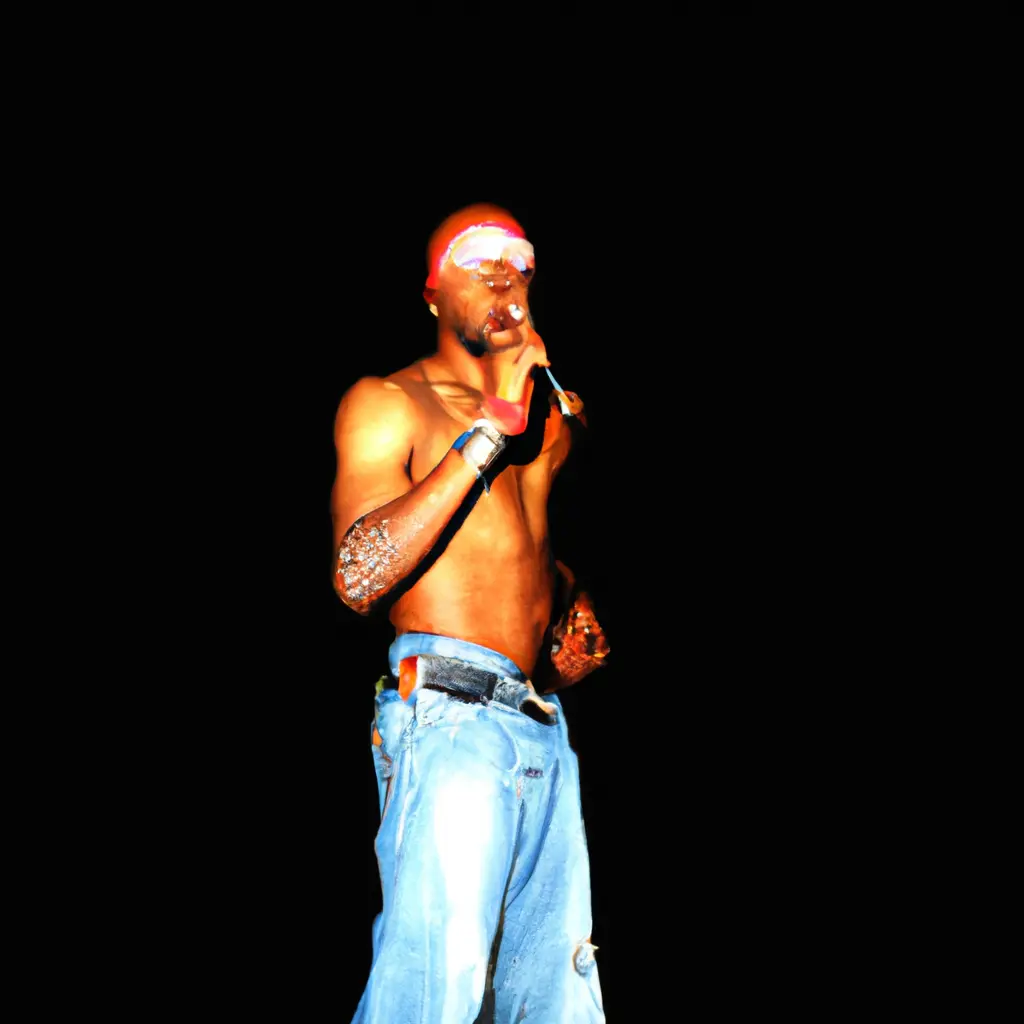The trial for the murder of Tupac Shakur: justice after27 years?

In recent weeks, there have been several unexpected developments in the murder of rapper Tupac Shakur, which seemed like it may remain an unresolved issue forever. This is a complex new chapter in one of the longest and most famous hip-hop stories, showing that history has lost some nuance, turning into folklore.
September 29
The grand jury of Nevada has charged Dwayne "Kifi D" Davis (sometimes spelled Keefe D) in connection with the 1996 murder. Deputy Chief District Attorney Mark DiGiacomo described Davis as the "commander on the scene" who "ordered the death."
The arrest marks the first significant progress in a 27-year-old case that has developed its own mythology over time, but Davis, who is set to appear in court on murder charges in Las Vegas on October 19, is a familiar face in the investigation. The conversation surrounding the case tells its own story about the blurred lines of information, what is known versus what is believed to be evidence, and how the truth about the event can be distorted by its circumstances.
Tupac himself has always been a mythical figure, and the understanding of this myth has come to represent our collective need for martyrs and closed cycles. His story has been told many times by many people with their own agendas.
Named after an Indian rebel, he was conceived while his mother, Afeni, was on trial as a member of the "Panthers 21," accused of planning a coordinated attack involving an explosion. (The group was acquitted when Afeni represented them in court.) A student of the arts in Baltimore, Tupac rose from being a background dancer in the group Digital Underground in Oakland to an actor and solo superstar in just a few years, and several run-ins with law enforcement only added to his legend.
This legend became bigger than the man himself, partly because his short career generated so much music, commerce, and conflict after his death.
He earned a reputation as an indestructible force while he was alive, especially after the shooting in 1994 at Quad Studios, where he resisted a robbery at gunpoint. As a result, he accused The Notorious B.I.G. and Bad Boy Records head Sean "Puffy" Combs of knowing about or orchestrating the attack. He was in a wheelchair in court the day after the shooting and was convicted of first-degree sexual assault for "forcibly touching a woman's buttocks" in a hotel in 1993.

In alliance with Suge Knight, a man who transformed from a performer into a ruthless businessman, and Death Row, Tupac inherited many of his feuds. Knight fueled his hatred for Bad Boy and The Notorious B.I.G. This animosity continued throughout the summer of 1996, when Tupac released the diss track "Hit 'Em Up" aimed at Bad Boy.
On the evening of September 7, 1996, Tupac and Knight attended a Mike Tyson fight at the MGM Grand hotel in Las Vegas. Death Row associate Trevon Lane noticed a man who had robbed him of his chain - later identified as Orlando Anderson - and informed Tupac about it. Surveillance footage shows the subsequent fight in which Tupac, Knight, and others attacked Anderson. A few hours later, at a traffic light, four men in a white Cadillac approached the black BMW carrying Tupac and Knight. A man opened fire on the car, hitting Tupac four times and Knight once, before the Cadillac sped away. Tupac died from his injuries on September 13.
At the press conference regarding the arrest and charges against Duane "Keefe D" Davis, the Las Vegas police and prosecutors displayed an image of Tupac Shakur and Marion "Suge" Knight Jr. in a car in Las Vegas on the night Shakur was killed.
Comment
Popular Posts
Popular Offers

Subscribe to the newsletter from Hatamatata.com!
Subscribe to the newsletter from Hatamatata.com!
I agree to the processing of personal data and confidentiality rules of Hatamatata











